Cloverfields as of January 2019: A Visit To The Archaeology Lab
/At The Archaeology Lab
A year ago, in January of 2018, the archaeologists of Applied Archaeology and History Associates began digging around the Cloverfields house. You can see them working in the photographs below:
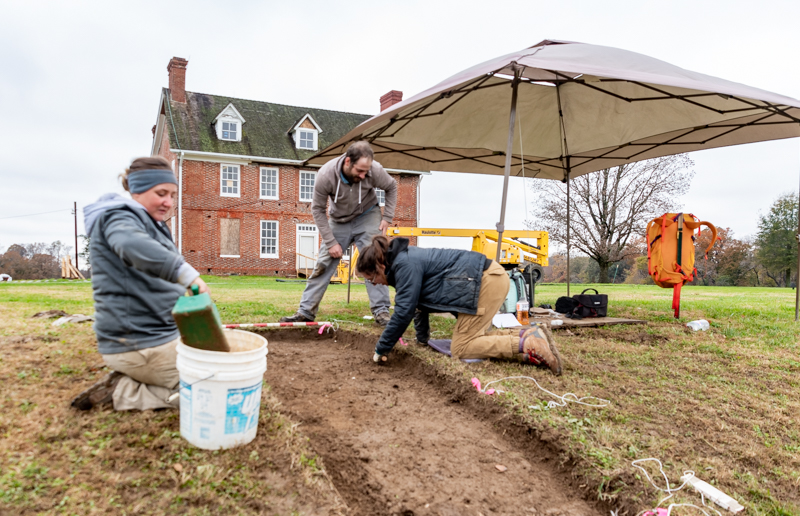
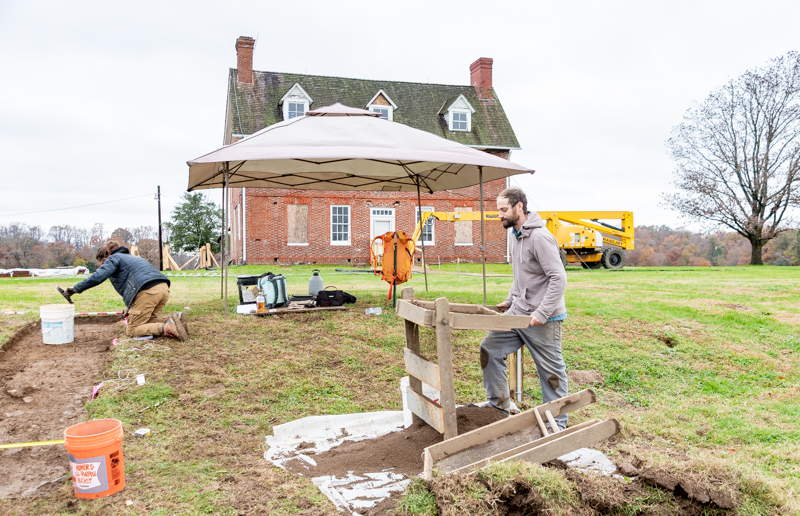
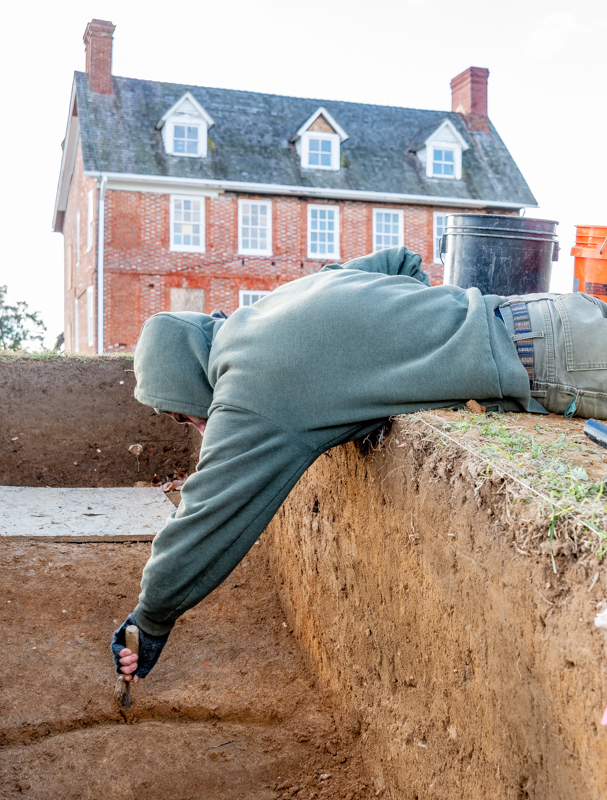

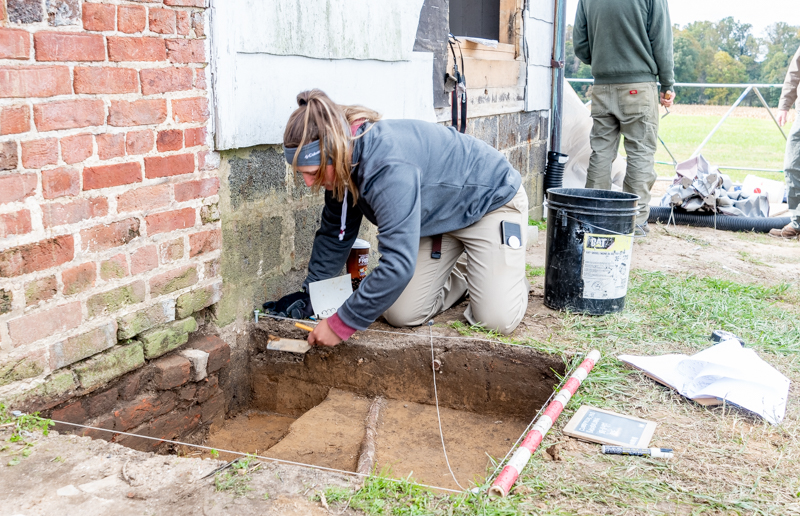

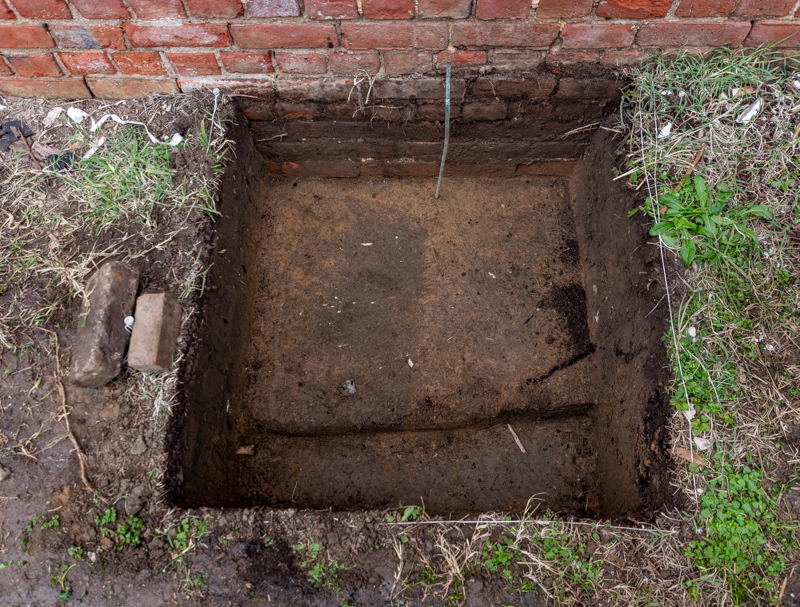

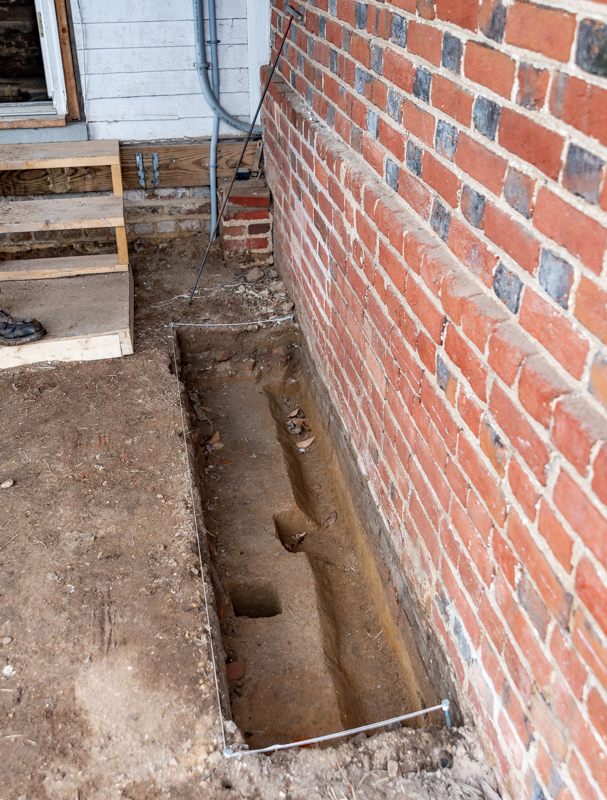
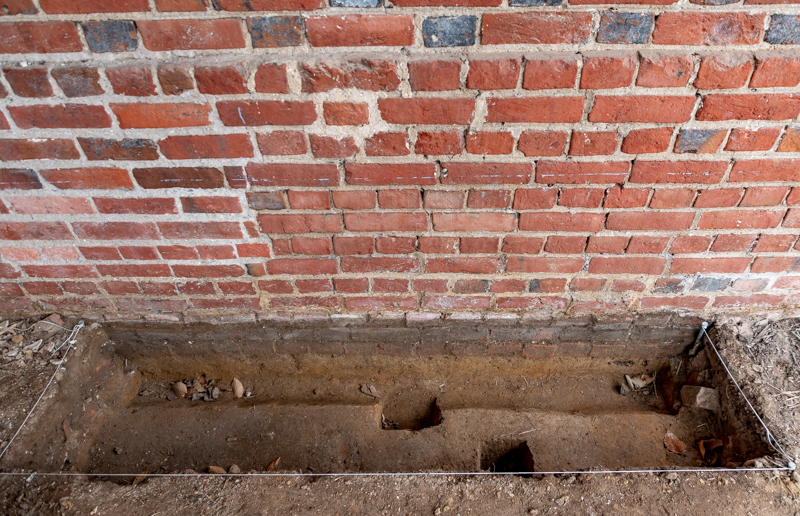
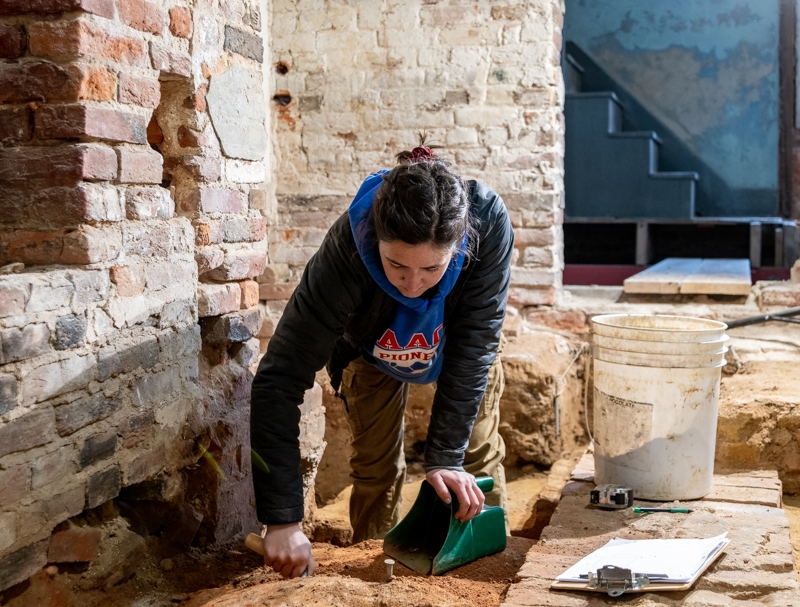
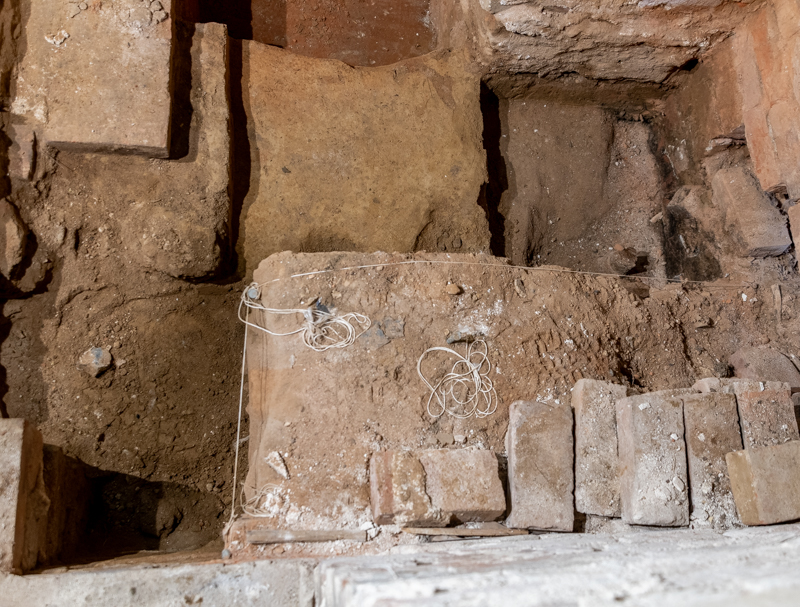
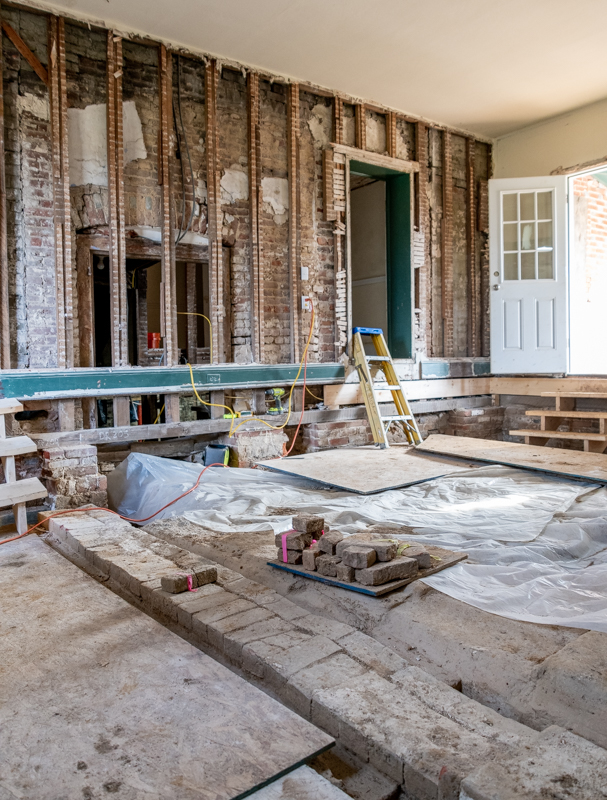
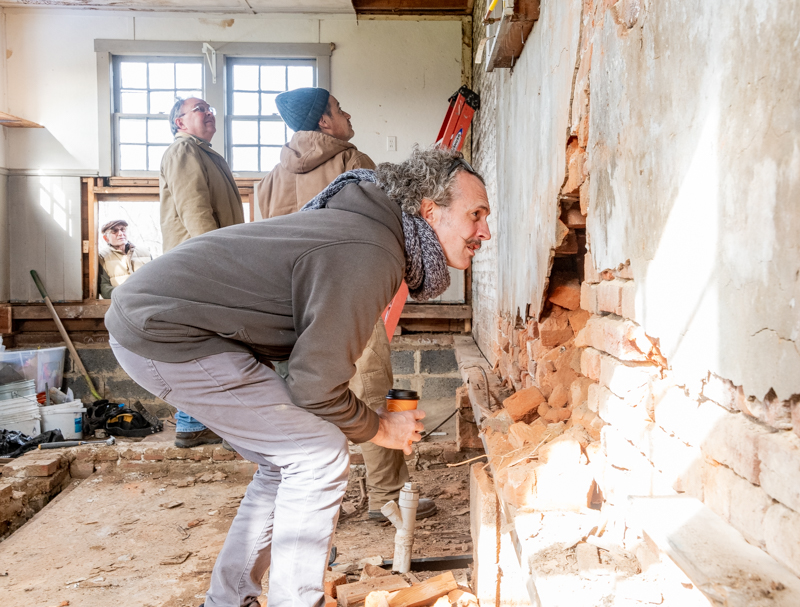
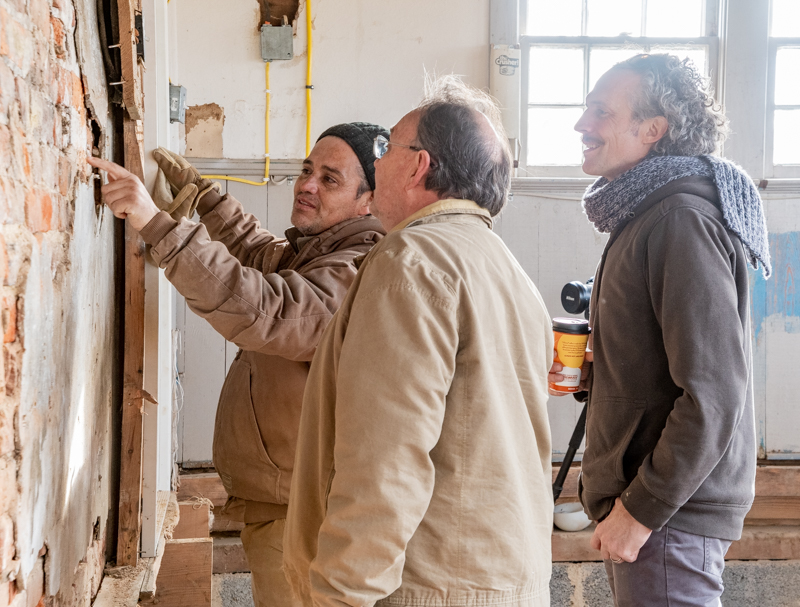
In the past several newsletters we told you about some of the artifacts they uncovered. The last newsletter concentrated on fragments of the lead strips which once held together the glass panels of windows. Previous newsletters discussed evidence for clothing and clothing accessories, including a shoe buckle, a bone grommet, and a parasol tip. We also described a lead cloth seal (a sort of 18th-century merchandise tag), and a ceramic shard from 18th-century German stoneware. In this newsletter, we will also focus on a ceramic shard, but a different one. But before telling you about it, we will go behind the scenes to explore what happens to the artifacts once they leave the Cloverfields site.
In the video above, Alexandra Glass, Lab Director of Applied Archaeology and History Associates, takes us through the different steps the archaeologists go through in their lab. They check in, wash, dry, catalog, and label each artifact. They do all this in their Annapolis Lab. It is from there that Glass explains:
So the artifacts leave the site, they are dropped off here, and we have a system of checking the artifacts in, so that we know exactly how many bags have come in, where they are from.
And once they’ve been checked in, they go over to Jessie, who starts the washing process. Once she’s washed a bag, she lays it on the tray to dry, where it goes on the drying rack for at least 24 hours.
Once it’s done there it comes over to me, and I do the cataloging. So we separate all the artifacts into their own individual piles, based on type. And basically, it’s like a big inventory of the artifacts from a specific provenience, a very detailed list. So we include things like ring diameters, ceramic types, and any patterns that are on the ceramics that can help us date the context.
And once that’s been cataloged, it goes into the computer and then back out to the field crew, so that everybody has the same information, and it helps us maybe direct where the future excavations will be, gives dates for different features, and context.
Once everything’s been cataloged, we label the artifacts before they go to curation, and we do this because if someone comes to study the collection and you are pulling ceramics and things out of the bags, you have to be able to put those objects back into the correct bags. The labels consist of the site number, and then the lot number. And the lot number will be specific to the provenience for that artifact; there will not be any duplicate lot numbers. So just by looking at the number on that artifact, you’ll be able to see exactly where it’s comes from. And so also if we do things like reconstruction of vessels, there might be crossments across different proveniences, but if we need to take that apart and put them back, they can all go back into the correct space.
Glass closes the presentation by highlighting how Cloverfields has one of Maryland’s largest and best documented collections of archaeological artifacts:
So, given the quantity of the artifacts coming from Cloverfields, it’s probably one of the larger collections from Maryland and one of the better, best documented collections. It’s from an early site in the colonial period, so it will be pretty valuable for research.
We look forward to their future findings.
Ceramic Shard
Continuing on the archaeological theme this month, the team at Applied Archaeology and History Associates have another artifact to share. This month, Glass and Jeanne Ward identify and discuss a 19th-century ceramic shard:
Excavations in the Cloverfields’ cellar in late August uncovered a fragment of hand-painted decorative glassware. The fragment is composed of an opaque white or very pale blue glass with the detailed outline of a songbird on the exterior surface (Fig.1). The bird would have been painted by a skilled artisan using enamel, a type of painting medium made from finely ground glass. After the enamel has been painted on the vessel, it is fired again to fuse the enamel to the glass (Gudenrath 2006).
figure 1. left: enameled glass from the basement, cloverfields. the black/brown discoloration surrounding the bird is a result of the glass beginning to break down (referred to as patination) and is not part of the original finish. right: decorative enamel elements outlined in black for visibility.
Although enameling is a technique that has been around for thousands of years, the refinement of the low-firing technique which occurred during the 19th century enabled greater production of enameled wares to feed the growing consumer demand for goods (Gudenrath 2006). The enameled glass fragment from Cloverfields would have come from a more decorative vessel, rather than something utilitarian, such as a vase or urn. The region of Bohemia is one of the best known sources for highly decorative glass in the 19th century, however France and Germany were also popular producers. Determining the exact origin of this fragment, indeed even a complete vessel, can be difficult since the glass forms were sometimes made by one manufacturer and then sent to another for decoration. However, it is possible to speculate on some potential sources based on the style of the bird. It is possible that the vessel came from one of the well-known glass houses such as Harrach or Moser, both of which are located in present day Czech Republic. The painting style is very similar to the style on the privately owned vase in Figure 2.
figure 2. glass vase with enamel painted bird attributed to harrach. privately owned, images from collectors weekly online.
The presence of the European enameled glass fragment indicates the ability of the 19th-century Cloverfields house occupants to not only participate in the ever growing consumer goods market, but also to obtain quality goods from overseas markets.
This article can also be found under the archaeology section of the website here.
References:
Collectors Weekly. Bohemian Art Glass: Show and Tell and Victorian Era. Posted by Ozmarty, 2013. Accessed, 10 September 2018.
Gudenrath, W., 2006. Enameled glass vessels, 1425 BCE–1800: the decorating process. Journal of Glass Studies, pp.23-70.
***
By: Devin S. Kimmel, of Kimmel Studio Architects, for the Cloverfields Preservation Foundation
